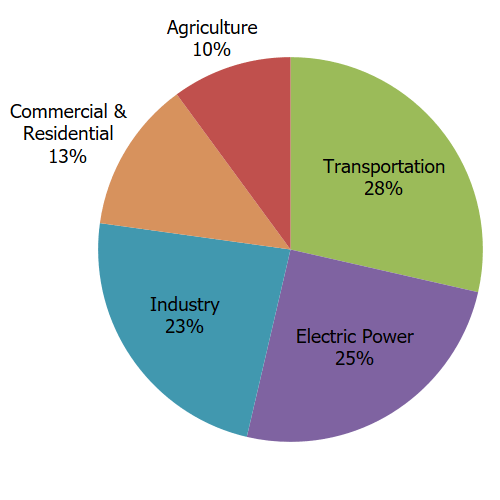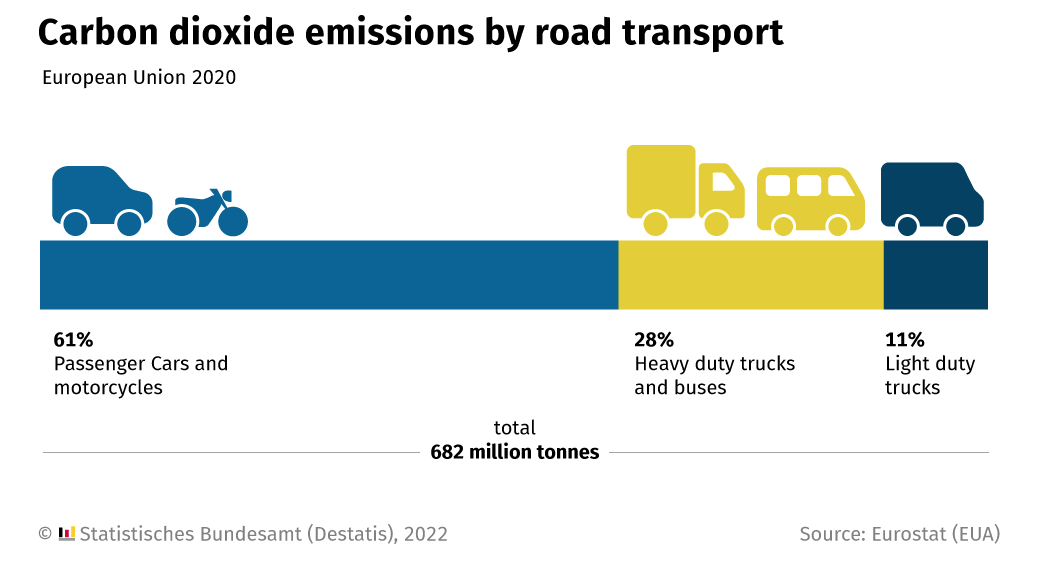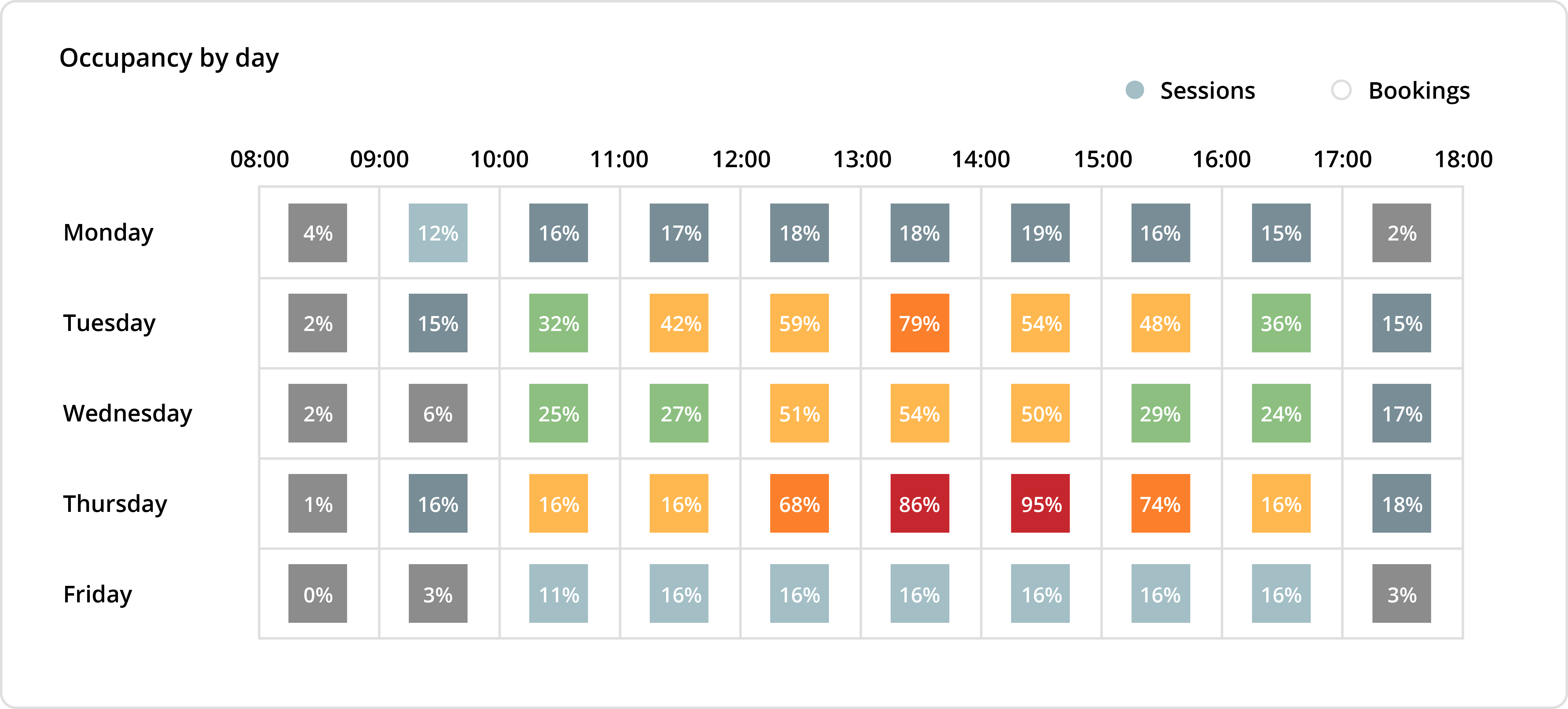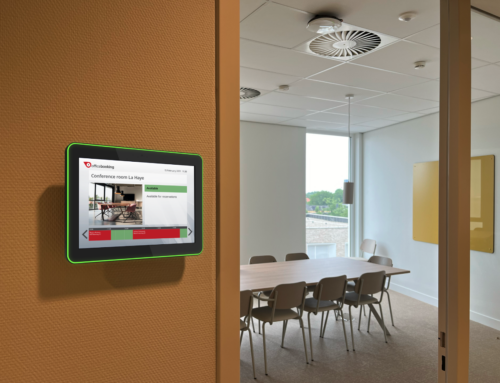Hybrid work has emerged as a transformative trend in the wake of the COVID-19 pandemic. This flexible work arrangement, which combines remote and in-office work, offers numerous benefits for both businesses and employees. While much attention has been given to the advantages of hybrid work for employees, it is equally important to acknowledge the positive impact on the environment. This article explores how hybrid work benefits not only the organisations themselves but also the environment focusing on reducing greenhouse gas emissions and addressing energy challenges.
Working for the environment
The global challenge of reducing greenhouse gas emissions is becoming increasingly urgent. These emissions, largely caused by burning fossil fuels, contribute to air pollution and climate change.
Transportation, according to the Environmental Protection Agency, accounts for 28% of U.S. greenhouse gas emissions. The German national institute for statistics revealed that, in 2021, 64% of road transport emissions in the EU were emitted by passenger cars and motorcycles. Furthermore, a study by Eurostat found that up to 47% of the distance travelled per person in Europe was for work. So, part-time work at the office is sufficient in itself to tangibly reduce the environmental impact of transportation. Research published by UC Berkeley found another reason to reduce total traffic: it results in a smoother traffic flow, which lowers the emissions of all the vehicles that are on the road.
This offers organisations the opportunity to reduce their carbon footprint by limiting the number of daily commutes between work and home. Hybrid work, with its mix of remote and in-office activities, is a practical way to realise this.
Hybrid work also facilitates a more flexible selection of working hours and locations, enabling employees to choose alternative modes of transportation that are more environmentally friendly. By avoiding peak commuting times or picking a suitable location to work, employees can opt for walking, cycling, or public transportation, contributing to further emissions reduction.
Embracing hybrid work also reduces the requirement for office space, which frees up capital to improve what remains. This opens up opportunities for energy-efficient offices. Organisations can employ smart lighting systems, optimise HVAC (heating, ventilation, and air conditioning) systems, and adopt renewable energy sources, reducing the overall carbon footprint of office-related activities.
So, simply employing a hybrid work model benefits the environment. And, by being mindful of the opportunities that it creates, employers can really demonstrate their commitment to environmental sustainability and corporate social responsibility. They have the opportunity to make a significant impact on the reduction of CO2 emissions, improving air quality, and working towards a greener future.


The winning strategy for employers
In addition to the environmental advantages, hybrid working offers improved employee well-being and productivity. A study published in the journal New Technology, Work and Employment found multiple associations for employees who worked remotely more frequently. They exhibit more positive attitudes towards the employer, a higher organisational commitment, and report “significantly higher levels of job satisfaction” (p. 207). These employees also appear to voluntarily work longer hours at a higher intensity.
Hybrid work can also lead to substantial cost savings for employers. A survey conducted by Global Workplace Analytics found that companies can save an average of $11k/year for every employee that works remotely part-time. These savings arise from reduced overhead costs related to office space, utilities, and maintenance.
Remote work offers other organizational benefits, too. It enables employers to tap into a broader talent pool, thus providing the opportunity to increase the overall quality of their workforce. And, as remote teams can be more easily distributed across time zones, employers can extend their working hours and ensure more consistent coverage. This could improve customer support and turnaround rates.
In short, remote working offers many advantages to employers. However, research on this topic shows that the results can vary. Organisational strategy holds the key to unlock its benefits. Thus, having the right tools and guidance is essential.
Let Officebooking work for you
Hybrid working is a powerful concept for envisioning user-friendly, cost-effective workspaces. It can create substantial benefits for employers, employees, and the environment. But obtaining a fruitful result requires care and consideration. It can be more than just allowing employees to work from home sometimes. It can be a complete vision, containing strategies to attain improved employee experience, interaction, and well-being, in addition to financial and environmental cost reduction.
Officebooking offers many integrations with your enterprise IT and building management environment, compounding the financial and environmental benefits of hybrid working. Aligning the use of HVAC systems with real-time occupancy data, for example, can reduce their energy consumption by over 50%.
Join the ranks of satisfied clients working in transportation, education, healthcare, and more. Let Officebooking guide you all the way. Request a demo for more information.







